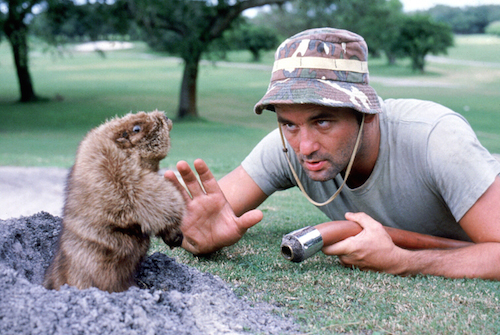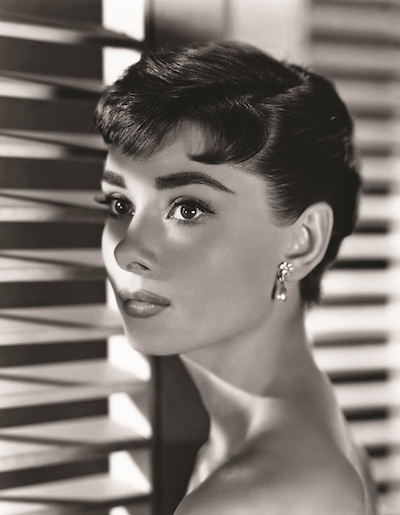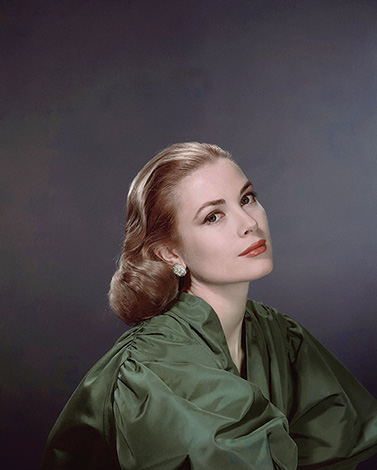A quartet of new memoirs provides an eclectic roadmap of personal journeys set in Hollywood, the Brooklyn projects, Philadelphia public housing, Oklahoma, Broadway and beyond.
In Love Child: A Memoir of Family Lost and Found Allegra Huston comes to terms with the convoluted ties of one of Hollywood’s legendary families. “My family was made up of individual people who shared an accident of circumstance,” she explains. She was four when a car accident claimed the life of her mother, a former ballerina and fourth wife of iconic filmmaker John Huston. Sent to live at his Irish estate, she seldom saw him (he was making movies) or her much-older brother and sister. “I was living one of those stories where there aren’t any parents, and the children run free,” she writes.
Today a director of a respected Taos writer’s program, Huston tells her story as it unfolded—recapturing the innocence and confusion of a child grappling with her place in an ever-shifting realm of family and logistics. Often packing her suitcase, she moves from Ireland to Long Island to live with her mother’s parents. At eight she’s off to California, to be with her father and his fifth wife (and a step-sibling). But even when sharing a house with her father, he remains distant and imposing. In a rare “ordinary” moment he reaches out to touch her feverish forehead.
Similarly mythic is big sister Anjelica. A dozen years older and a glamorous model, she will go on to become a compelling actress and filmmaker. But when she takes her little sister under her wing, she is girlfriend to Jack—as in Nicholson. Later she’ll be with Ryan—as in O’Neal. Both men appear through young Allegra’s eyes (not those of a cineaste). Life becomes even dizzier when 12-year-old Allegra learns her real father is a British Lord with whom her mother had an extramarital affair. And what of her late mother? Allegra seeks to make her acquaintance through a scattering of letters and journal entries, but much remains an ethereal mystery in this beautifully written, haunting exploration.
Living for the City
Nelson George grew up in very different surroundings, in the projects of Brownsville in Brooklyn, where he and his sister were raised in a single-parent household. City Kid: A Writer’s Memoir of Ghetto Life and Post-Soul Success traces George’s ascent to influential journalist, author (books on hip-hop, Motown and more) and filmmaker (he is the writer-director of the HBO movie Life Support, based on his sister’s battle with HIV). In a direct but passionate writing style, George recounts what it was like to be young, black, poor—and driven. 
A voracious reader at nine, and an avid collector of Marvel Comics, at 14, George sent a dollar bill to the Literary Guild and was rewarded with volumes of Hemingway, Fitzgerald, Faulkner and Wolfe. He wrote and filed away short stories, worked on the high school newspaper and escaped the projects, moving to a near-middle-class neighborhood. He was becoming a student of film (Sidney Poitier was a role model), but music was his passion. George credits the Motorola stereo in the family living room for early on becoming “my passport, not simply to records, but to the vast nation outside New York that the music came from.” He listened and studied the credits of the Stax, Motown and Tamla records in his mother’s collection.
While attending a local college he wrote for a black newspaper and was a Billboard stringer. He also climbed the freelance ladder, by bringing his cultural sensibility to articles on black artists and black sounds, including the explosive hip-hop scene. City Kid puts the reader at the pulsating fault line of the seismic shakeup of black movies and music in the 1980s and 1990s. It also has quiet virtues—including the joy of discovery through reading and writing.
Life with father
Pop culture critic Joe Queenan can get goofy: he once wrote about spending a day talking like Yoda; for a piece on becoming Mickey Rourke, he didn’t bathe for a week. Funny and fearless—and often vitriolic—Queenan reveals how he developed his thick skin in Closing Time, a dark story of emotional survival.
His was an Irish-Catholic childhood, in a Philadelphia housing project in the 1960s. Poverty was a challenge, but Queenan’s father was the true nightmare. A man in perpetual rage, he went from job to job (13 in a single year) and drink to drink, and often came at his children with a belt. Even after they’d retreated to their beds, Queenan and his sisters endured sleepless nights—fearing their father’s destructive behavior would result in setting the house on fire. The public library and the bookmobile provided escape. Still, Queenan sought his father’s love and acceptance. A botched suicide attempt changed all that. Why, he wondered, had he tried so hard for approval from such a person?
Queenan’s father went on to attend Alcoholics Anonymous meetings and, in one of the group’s famous steps, sought to make amends. Though Queenan shook his father’s hand, he also wrote an opinion article for Newsweek entitled, “Too Late to Say ‘I’m Sorry.’” As anyone who reads Queenan’s writing knows, he’s not into clemency.
Fairy-tale ending
Ready for some sunshine? In A Little Bit Wicked: Life, Love, and Faith in Stages, the petite, perfection-driven Kristin Chenoweth—known for starring in Broadway’s Wicked, and for appearances on TV shows including “The West Wing” and “Pushing Daisies”—shares her plus-size story of show business fame. Written with Joni Rodgers (herself a gifted memoirist), Chenoweth’s lively, chatty story reveals how faith and family have held her together, offers tips on succeeding in show business, lists the questions she plans to ask God when she meets him (including, “Who is the sadistic genius behind cellulite?”) and shares several shock-and-awe recipes, including one for her “No Calorie Left Behind Butterfinger Pie.” A sweet touch if ever there was one.






















